Lime Mortar vs Cement Mortar
However, which one do you choose? Do you go for a traditional lime mortar mix or cement mortar? How do you mix lime mortar? What is hydraulic lime mortar? What is cement mortar best for?
Before we get stuck into all that, there’s one question we need to get out of the way first… is mortar and cement the same?
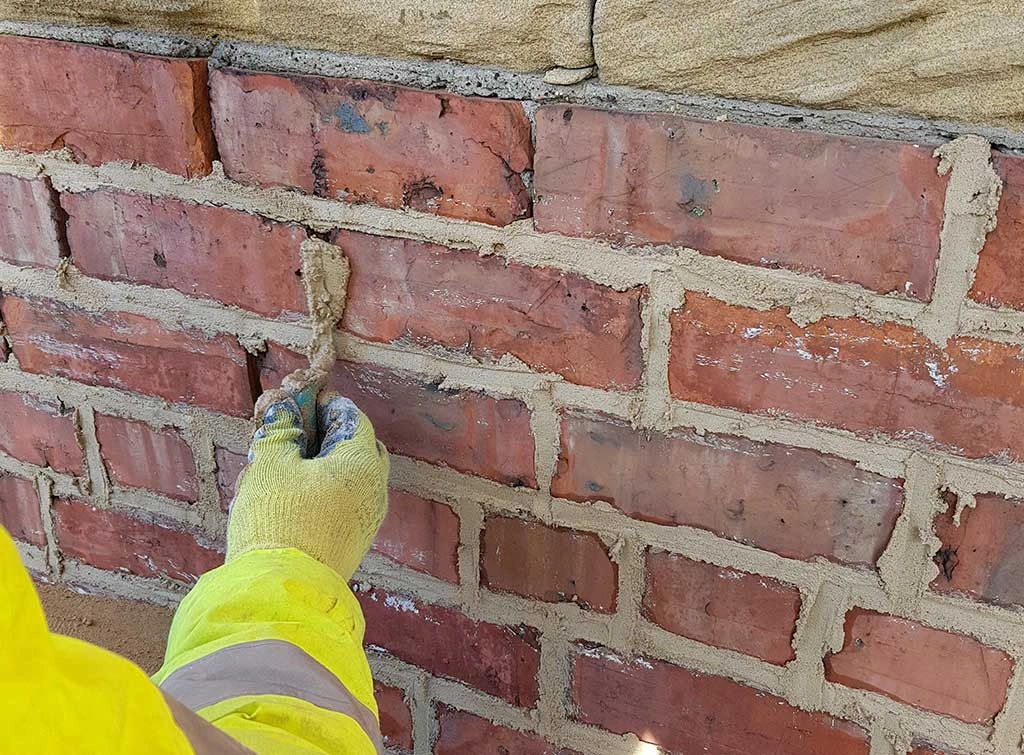
Checkatrade
Mortar or Cement?
Ever wondered what’s the difference between mortar and cement? Well, in a nutshell, mortar is a creamy mix of cement, sand and sometimes lime, which contains small air bubbles to enable it to expand and contract to stop damage from frozen water. Lime mortar and cement mortar are used to bind bricks and stones together and are thicker in consistency and more workable than cement. Cement is finer, stronger, made from limestone, shells, clay, sand and silica and is a binding agent that’s used in concrete.
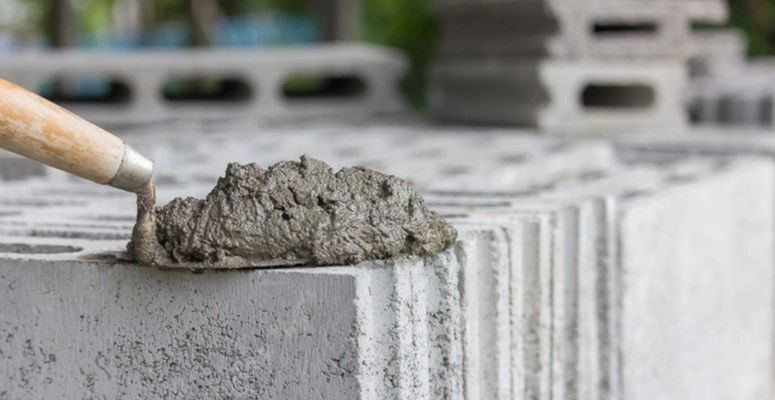
Turnbull Masonry
The history of lime mortar and cement mortar
Let’s rewind a moment to understand why we have lime mortar and cement mortar. Houses built pre-1920s were constructed using bricks that are different to those we tend to use today. Period buildings were built using bricks that were considerably softer than the bricks used today which are fired at higher temperatures than were possible in the past. Pre-1920s bricks were actually permeable and would absorb water. Therefore, the mortar used would be a lime mortar which was porous, breathable and more flexible. Today, cement mortar is generally used for new builds because it is stronger, faster setting, easier to work with and cheaper than lime mortar.
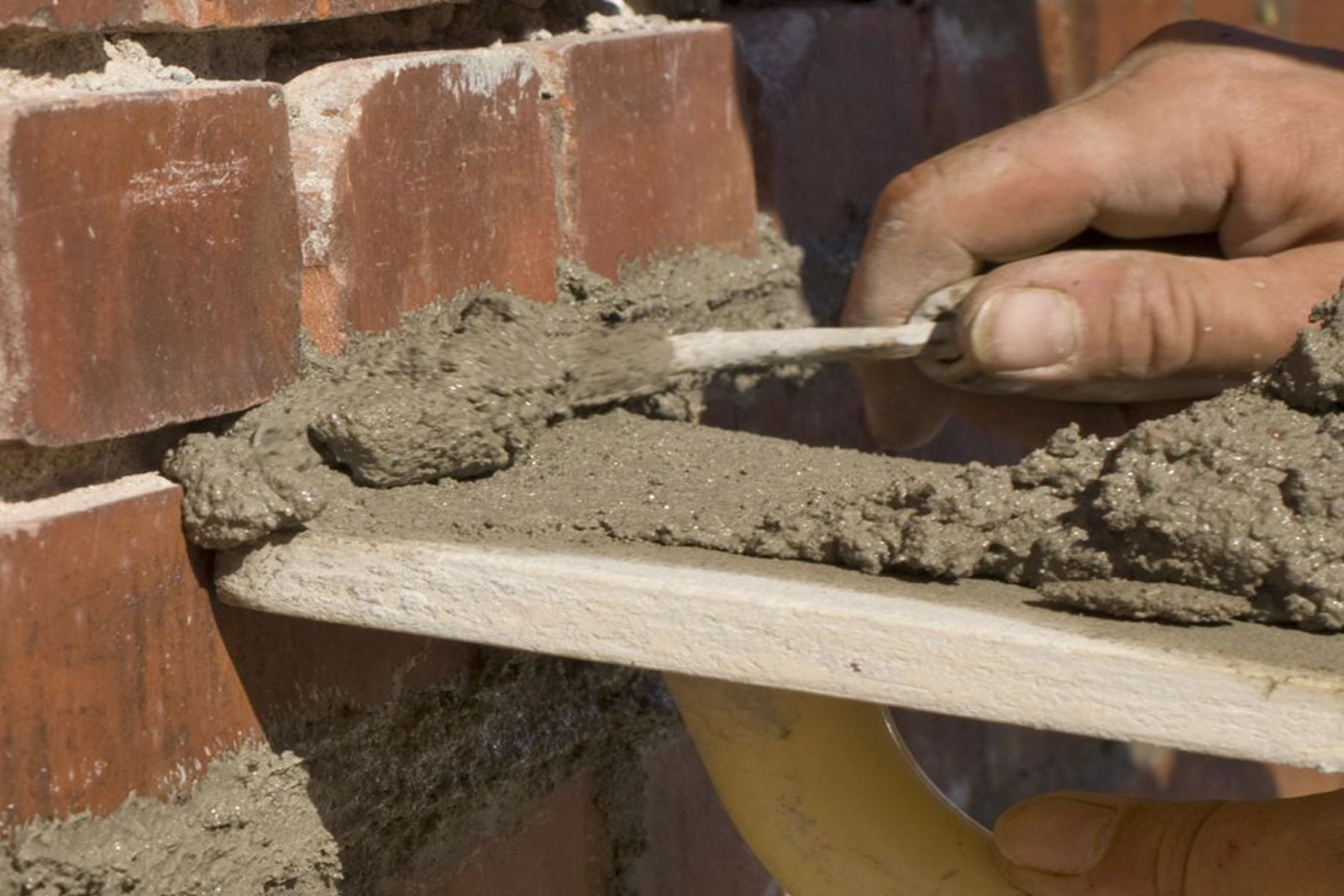
Limetec
Lime mortar vs cement mortar
Both types of mortar have their own specific qualities, advantages and disadvantages. Here are the most important ones.
Suitability
Lime mortar is best-suited to restoration projects and heritage buildings. These types of buildings use softer breathable bricks and therefore lime mortar is perfectly suited and won’t damage the original brickwork. Cement mortar is for more modern buildings. Stronger and faster setting than a lime mortar mixture, a cement mortar mix is ideal for use with concrete blocks, modern bricks and other building materials which take a high structural load.
Formulation
How to make lime mortar is relatively simple. It involves mixing slaked lime or hydraulic lime with sand and water. No cement is used. A cement mortar mix can be made by mixing cement, sand and water. Bricklayers often use additives to make it faster and easier to work with.
Flexibility & Strength
Cement mortar is much stronger yet less flexible than lime mortar. That is why cement mortar is usually chosen for modern developments where buildings need to be structurally stronger. The downside of this rigidity is that cement can crack more easily than lime mortar. Conversely, lime mortar is more flexible than cement mortar. That means it can withstand small movements and therefore resist cracking. It’s also why it is best suited to historic buildings which can have some movement.
Durability
How long lime mortar and cement mortar last depends on what type of building they are used on. For example, a cement mortar mix used on a modern construction where moisture isn’t a problem will be strong, durable and last a long time. However, cement mortar on an older property will have a shorter lifespan. A lime mortar mix can actually last for centuries in historical properties because it is both flexible and breathable. Plus, lime mortar can actually heal itself and effectively repair its own small cracks.
Moisture
As lime mortar is breathable, it allows moisture within walls to evaporate This creates a natural and ongoing protection against mold, decay and damp. That is why a lime mortar mix is preferred for period properties. Conversely, because cement mortar isn’t as breathable as lime mortar, it can trap moisture in the walls which over time can degrade the fabric of the building.
Repair and Maintenance
Again, the relative strength of cement mortar and lime mortar come into play when it comes to repairing and maintaining mortar. Because cement mortar is strong and highly rigid, if it was used on historic properties, removing it could damage the old brick or stonework. However, the repair of cement mortar in modern buildings is relatively simple. Repairing lime mortar is much easier as it can be raked out and repointed without damaging the masonry. Plus, lime mortar aesthetically suits historical building materials like stone.
Setting
This is where there is a big difference between lime mortar and cement mortar. A lime mortar mix sets by absorbing CO2 from the air. This “carbonation” process is slow taking days and sometimes even weeks. A cement mortar mix, however, sets much more quickly. Cement and water undergo a “hydration reaction” which accelerates the process, so it can be set within hours or one day. This is why it is popular with builders with tight deadlines.
Environment
If sustainability is a key concern, then you need to understand that lime mortar is considerably more eco-friendly than cement mortar. Why is this? A lot of this is down to the way they are produced. Lime mortar production produces less CO2 than cement mortar production. Cement production is very energy intensive which in turn creates high levels of CO2, whereas, not only is mortar production less intensive, lime mortar goes on to reabsorb CO2 over time when it carbonates, reducing its carbon footprint. So, if you have a large-scale eco-conscious building project, lime mortar is the more sustainable choice.
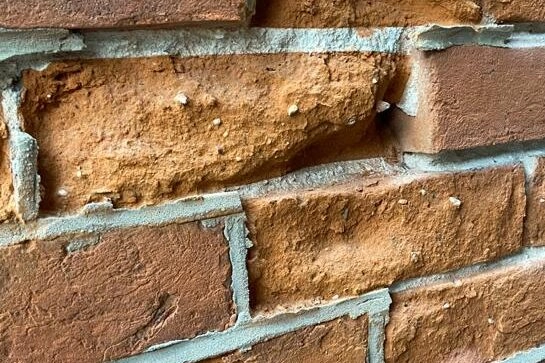
Hampshire Repointing & Restoration
How to make lime mortar?
Ever wondered how do you make lime mortar? It is relatively simple. If you need lime mortar for pointing, you will need to use hydraulic lime because it is strong, durable and resistant to frost. For restoration work, use non-hydraulic lime mortar. You generally need to mix three parts sand to one part lime. The ideal type of sand you need is a washed sharp sand . When you add water, it needs to be clean water and add it sparingly until you achieve the right consistency.
There are two ways in which you can mix it. By hand using a shovel gives you the greatest control – start by dry mixing two parts sand with one part lime then add the final part sand and mix before gradually adding water. If speed is of the essence, you can use a cement mixer . If using a cement mixer, start with one part sand and one part lime, then add the rest of the sand and dry mix for 5 minutes before gradually adding water.
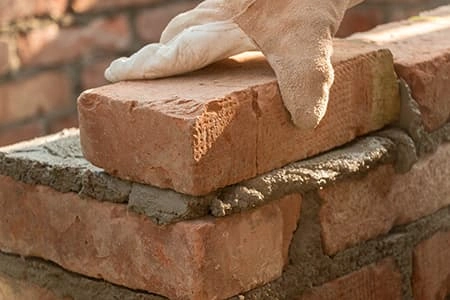
Lime Mortars
Hydraulic lime mortar or non-hydraulic lime mortar
There are actually two different types of lime mortar which are widely available. Both types of lime mortars have their own specific qualities, advantages and disadvantages. For conservation work for historic buildings, non-hydraulic lime should be used because it is authentic, breathable and flexible. Non-hydraulic lime mortar sets using a process of carbonation whereas hydraulic lime mortar sets using hydrolysis, which is a reaction with water. Hydraulic lime mortar is stronger, more hard-wearing and sets quicker.
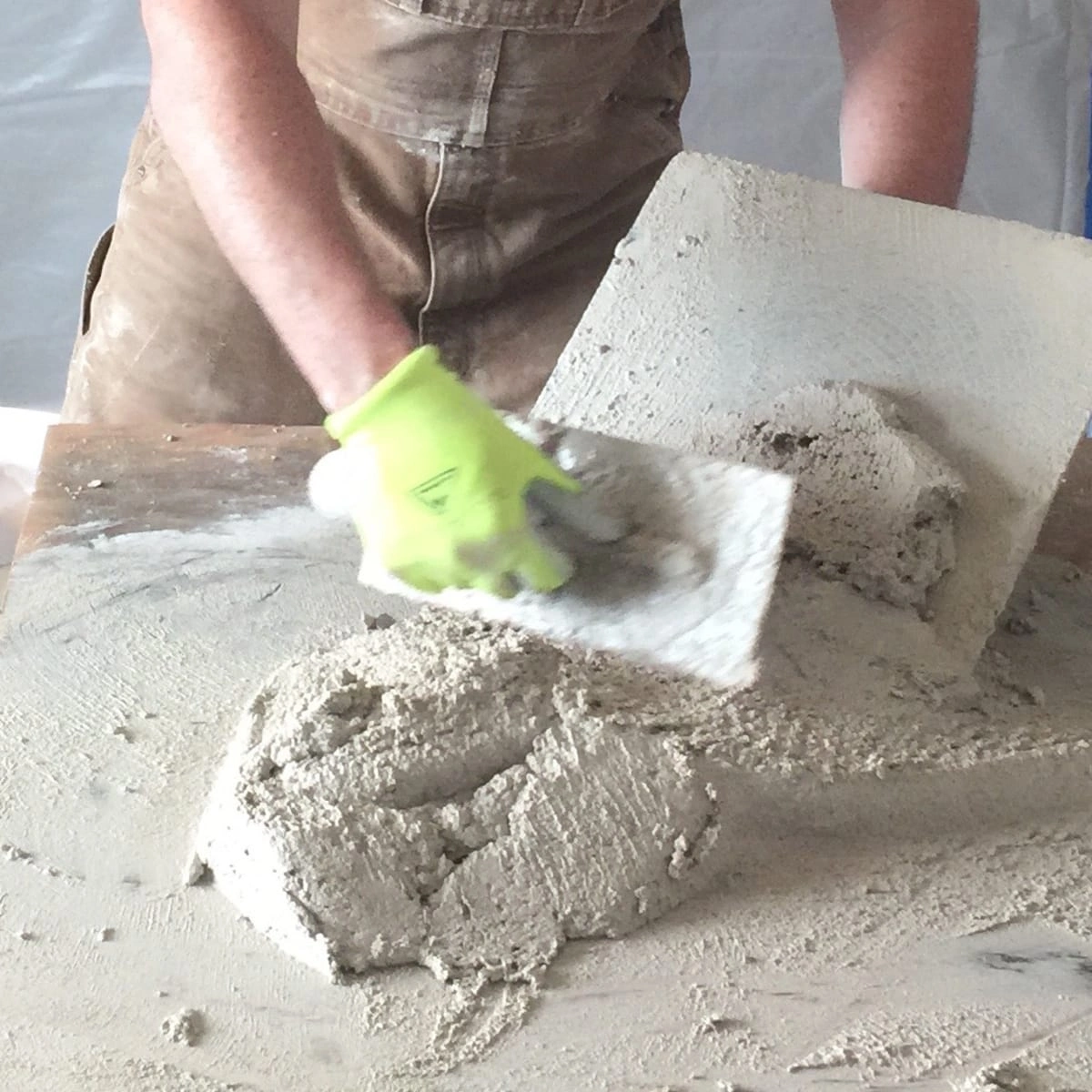
Traditional Building Magazine
Always here to help
If you’ve any questions regarding lime mortar, or want any additional information about the lime we sell at Howarth, please visit your local Howarth branch, or contact our customer services on 01472 907051.
You can also explore our range of lime mortars here, or you can even visit us in branch for more information.
Recent Posts
-
Garden Gate Buying Guide
Is your next project adding a garden gate to enhance, protect and secure your garden? Before you do
-
How to cut plasterboard
Whether you're a seasoned tradesperson or trying your hand at DIY, knowing how to cut plasterboard c

